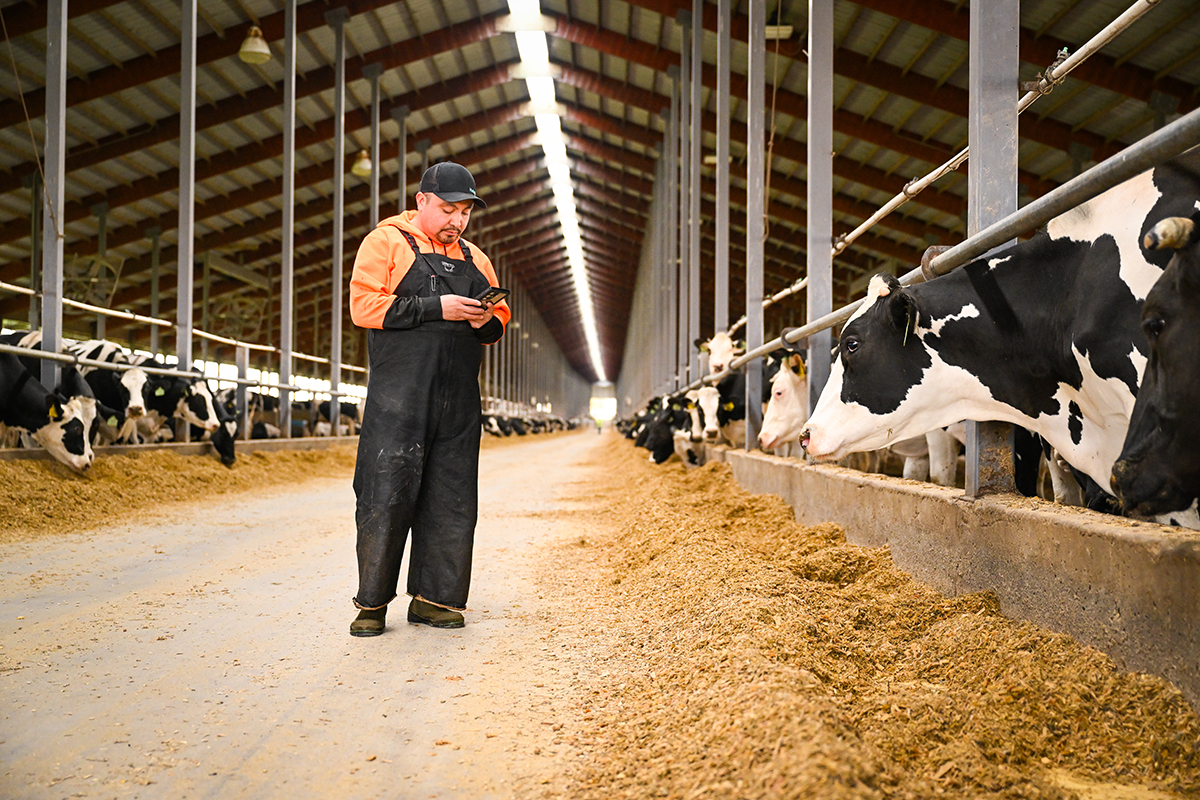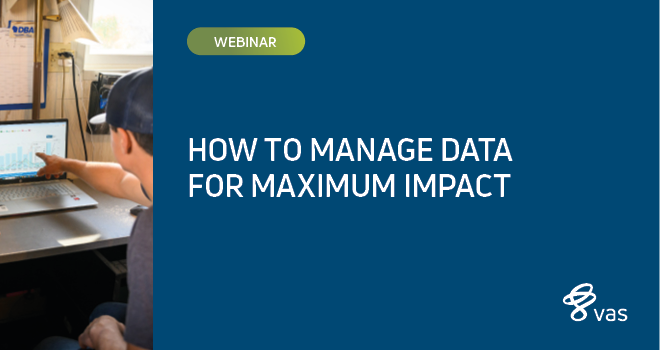Improve decision making with these three dairy data tips
As a dairy farmer, you oversee many aspects of your operation – cows, crops, employees, finances, and ultimately, the quality of the product that reaches consumers. With so much on your plate, the quality of your herd data can sometimes take a backseat – but when it’s prioritized, it can make a real difference to your bottom line.
Just like your cows or crops, data requires intentional management. When handled well, it can unlock better decisions, faster responses and measurable improvements in herd performance. In today’s age of endless data, truly making the most of that information comes down to three things working in sync: the right tools, the right people and the right processes.
Choose the best-fit tools for your farm
From smartwatches to smart collars, technology is everywhere – both on and off the farm. The question isn’t whether technology can help, but how well it’s integrated into your operation.
The right tools should support your team in doing their job even better. Mobile solutions like DC on Mobile and Pocket CowCard give you flexible, real-time access to herd data – whether you’re standing in the pen, in the office or miles away.
For example, with mobile solutions, a breeder can check which cows need to be bred before even stepping foot on the farm and record events as they go once in the barn. This not only saves time but also ensures accurate and timely recording of breedings and treatments.

Choose technology that works for you in more ways than one. Look for tools with offline capabilities so you can continue recording and accessing data even without an internet connection. Add an RFID wand to your mobile setup, and with a quick scan, the right cow’s information pops up instantly – helping your team work faster without sacrificing accuracy.
Empower the right people
Your tools chart the course, but it’s your team who will ultimately get you where you need to go. That’s why it’s essential to have the right people in the right roles, and equip them with the tools and training they need to succeed.
With VAS herd management solutions, you control who has access to what data. A new employee just learning workflows might need limited access, while your herd manager may require full visibility. Either way, you decide what makes sense for your team.
Consider this framework for role-based data access on your farm. Each role can be fully customized within your VAS PULSE Platform account (included in all DairyComp subscriptions) or your MyDC on PULSE set up.
Viewers: Nutritionists, consultants or new employees who only need to monitor performance
Data entry: Breeders, vet techs or experienced team members who input daily events
Data analysts: Dairy owners, herd managers or veterinarians reviewing trends and performance
You can customize permissions to be as open or restricted as necessary, but clarity and consistency are key. Everyone who enters or accesses the data should understand their role and its impact on the broader operation. Don’t hesitate to lean on your local farm performance consultant or VAS Support for team training and resources.
Support Tip: Assign a specific person to oversee your farm’s data management. Whether it’s the herd manager, office manager or a tech-savvy team member, having a dedicated person helps ensure data is entered accurately, systems are maintained and nothing slips through the cracks.
Set processes and systems for consistency
Your tools set the route, your people get you moving, but your processes keep everything on track for long-term success.
Consider this scenario: A fresh cow is enrolled in a repro protocol and bred on schedule. However, the breeding wasn’t entered into DairyComp until two weeks later. Since the system was never told about the breeding when it occurred, she was automatically reenrolled in the repro protocol. The team member responsible for entering shot records did their part, but the delay in recording the breeding event caused confusion and ultimately costed the cow a potential pregnancy.
This example highlights how undefined processes can lead to costly errors. If the breeder had a process and tool (like mobile solutions) that made it possible to enter breedings immediately at the pen, this mistake could have been avoided.
To prevent issues like this from happening, consider these steps:
Set clear expectations with your team for data entry so they know when and how information should be logged.
Align on protocols and terminology. Does everyone understand how to record specific events? For example, if a calf is born dead, should it be marked as DOA or left as “no data”? Clear definitions lead to consistent and realiable records.
Regularly monitor logs on VAS PULSE Platform or DairyComp for backdated events, unexpected edits or deletions.
Establish a triage plan for potential issues such as internet or equipment complications. Are there basic troubleshooting procedures that should be followed?
Finally, stay proactive by implementing software updates and keeping communication with your technology partners like VAS. New features are released regularly and knowing what’s available to you helps guarantee you are getting the most value from your tools.
Just like any other part of your operation, good data stewardship is an investment worth making. When the right tools, people and processes work together, they create a culture where data empowers your team and drives better decisions for your bottom line.
Curious how you can get more from your dairy data? This webinar breaks down what it takes to be a better data steward, starting today.
Our team of experts and data-driven tools empower you to manage every part of your operation with confidence. Let’s connect and see what’s possible.
